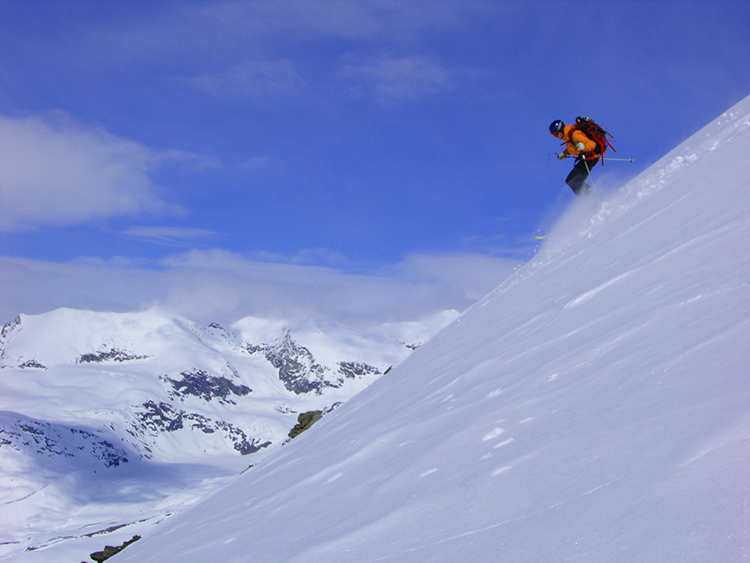Recent Avalanche Cycle
By Jon Turk
As most folks know, British Columbia is just emerging from a humongous and tragic avalanche cycle, or perhaps, we’re emerging from an old one and entering a new one; it is hard to say. Over the past ten days, we’ve had big rippers come down all over the place, and tragically three people have died in the province. Avalanche deaths always strike so close to home for me. Whenever I read about yet another incident of burial and sorrow, I question my own motives – only to wake up the next morning realizing that skiing is my life and there is not much I can do about it.

There has been a lot written about this cycle, and I don’t need to repeat what others have said, but I would like to elaborate on the commentary discussed in the forecasters blog at the CAC (Canadian Avalanche center) under the heading “It Looks Like Scenario Two“.
Someone wrote in asking, “What do we do now,” meaning: When is it safe to return to the mountains? Karl Klassen, Public Avalanche Warning Service Manager, responded with the only response he could give, “I have to stress my intention was not to provide specific guidance or advice about what you should or should not do at any given time or place.” Of course. No one can pass out specific recommendations, over a Province wide area, over what an individual can or cannot ski. And I won’t, either.
But I do have lifestyle thoughts on the question. (Disclaimer: I am not an avalanche professional, just an old man who has skied a lot of lines over many decades. I have also been involved in tragedies.)
I start with two basic premises:
1. You need some foundation in avalanche awareness and science, obtained through an Avy 1 course or by tagging along with people more experienced than you.
2. Don’t go out on “No-Brainer” days. (If you can’t identify a “No-Brainer” day, go back to premise 1.)
Okay. So, in January and February this year, we has a huge drought, with lots of wind and frigid temperatures doing all sorts of horrible things to the surface of the snowpack. Then we got over a meter of snow and a big avalanche cycle. So when do you go back into the mountains?
My answer is sooner, rather than later, as long as you adhere to two basic premises:
1. “Going out” is not the same as “going big”.
2. Prepare to be absolutely content and happy going for a walk, observing but not skiing, and coming home safely.
I love my powder turns as much as anyone, but I believe that the greater joy is an intimate, winter-long, communication with the snow, which is such a marvelous, and complex medium, that changes very rapidly. If you go out more than anyone else, you will assuredly get skunked more than anyone else. Fine, come home with a smile on your face.
So, when the “No-Brainer” days are over, go out, walk around in mellow terrain, and dig some pits. Jump on the snow on tiny rolls where the consequences of fracture are inconsequential. Look at what’s going on from a safe distance. Are naturals still coming off? Are other people skiing? Do you hear anything? See anything? Feel anything? Woomphing? Settling? Remotes? Gradually, you will build up a sense of what is going on, and how fast the snow is changing, because it does change every single day. Hopefully you will do all of this without doing anything stupid. You will get fresh air. Hang out with your pals. And you will end up getting more than your share of powder turns.











Comments